calsfoundation@cals.org
Higginson (White County)
| Latitude and Longitude: | 35°11’41″N 091°42’45″W |
| Elevation: | 220 feet |
| Area: | 1.27 square miles (2020 Census) |
| Population: | 705 (2020 Census) |
| Incorporation Date: | May 16, 1906 |
Historical Population as per the U.S. Census:
| 1810 | 1820 | 1830 | 1840 | 1850 | 1860 | 1870 | 1880 | 1890 | 1900 |
| – | – | – | – | – | – | – | – | – | – |
| 1910 | 1920 | 1930 | 1940 | 1950 | 1960 | 1970 | 1980 | 1990 | 2000 |
| 192 | 239 | 195 | 166 | 131 | 183 | 343 | 333 | 255 | 378 |
| 2010 | 2020 | ||||||||
| 621 | 705 |
Born as a railroad depot, Higginson is a second-class city in White County, a few miles south of Searcy (White County).
Searcy was created as the county seat because of its central location in White County, but before the Civil War, most residents of the county lived in the northwestern half, as southern White County was still dominated by swampland. Although the Military Road ran through the location that would become Higginson, no settlement is reported there prior to construction of the railroad.
The Cairo and Fulton Railroad was incorporated in Arkansas in 1853, with a plan to link southern Illinois with Texas for freight and passenger service. The Civil War delayed construction, and tracks were not laid across White County until 1872. At that time, several depots were built where trains could take on water and fuel for their steam engines. Higginson, named for a shareholder in the railroad, was one of these depots.
A post office was established at the depot in 1875, and a general store, owned and operated by A. Carter, was open by 1878. By this time, the Cairo and Fulton line was being leased by the St. Louis, Iron Mountain and Southern Railroad. It would acquire ownership of the line in 1906, only to be merged into the Missouri Pacific Railroad in 1917. The Missouri Pacific would, in turn, become part of the Union Pacific system in 1982.
In 1900, George C. Griffith and several partners built a timber road beginning at the Iron Mountain depot in Higginson and going to Des Arc (Prairie County) on the White River. The twenty-two-mile line was first called the Des Arc and Northern. It changed its name after acquiring another shortline railroad, becoming the Searcy and Des Arc Railroad. This railroad later was acquired by the Rock Island Railroad, which completed a connection south from Des Arc to its main east-west line and carried freight and passengers through Higginson between Searcy and Des Arc. Two hotels, two grocery stores, a drugstore, and a café were built near the depot. Higginson was incorporated in 1906. One of the principal employers at the time was a veneering mill owned by George Goodrich of McRae (White County).
A fire destroyed many of the downtown buildings in Higginson in the 1920s. Efforts of citizens fighting the fire were hampered when a train cut the hose they had run across the tracks from the town’s only pumping station. Only two stores, one hotel, and the post office survived.
In 1923, the Arkansas General Assembly passed a bill creating a state highway system. One of the first planned roads followed the path of the old Military Road, parallel to the Missouri Pacific tracks. This highway, now U.S. Highway 67, was on the far side of the tracks from Higginson and missed the community by several miles. As highway traffic replaced rail service, communities such as Higginson began to decline, and most of the businesses lost to the fire were not replaced.
Higginson continues to be served by a post office and a volunteer fire department. Its police department was disbanded in 2008, the same year when Higginson annexed a thirty-acre subdivision called Morning Sun in an effort to expand tax revenue for the city. Children in Higginson attend schools in Searcy. There are a few churches in Higginson—a Baptist church, an Assembly of God, a church of Christ, and a Pentecostal Church of God—as well as a handful of small businesses.
For additional information:
“Town’s Voters OK Adding Morning Sun.” Arkansas Democrat-Gazette, February 6, 2008, p. 12A.
Wallace, Michelle. “Higginson Owes its Name to Railroad that Helped Build Town.” Arkansas Democrat-Gazette, Three Rivers Edition, July 22, 2007.
Steven Teske
Butler Center for Arkansas Studies
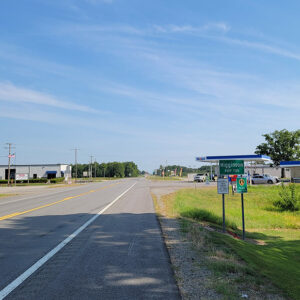 Entering Higginson
Entering Higginson 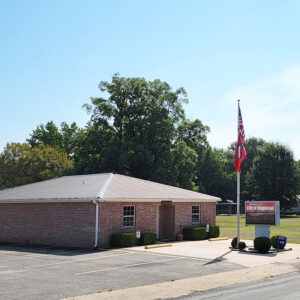 Higginson City Hall
Higginson City Hall 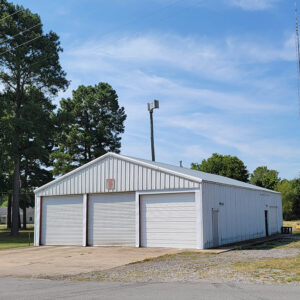 Higginson Fire Department
Higginson Fire Department 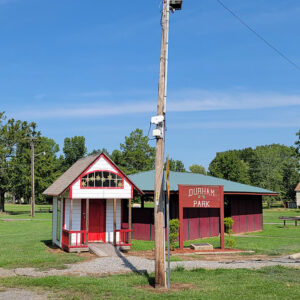 Higginson Park
Higginson Park  Higginson Street Scene
Higginson Street Scene 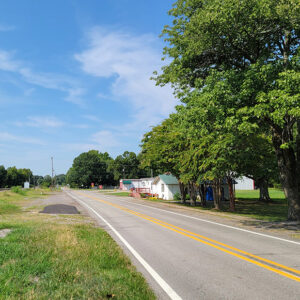 Higginson Street Scene
Higginson Street Scene 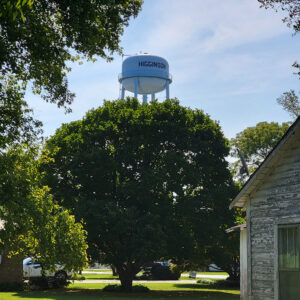 Higginson Water Tower
Higginson Water Tower 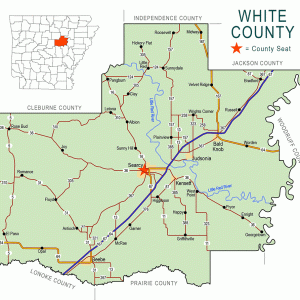 White County Map
White County Map 




Comments
No comments on this entry yet.